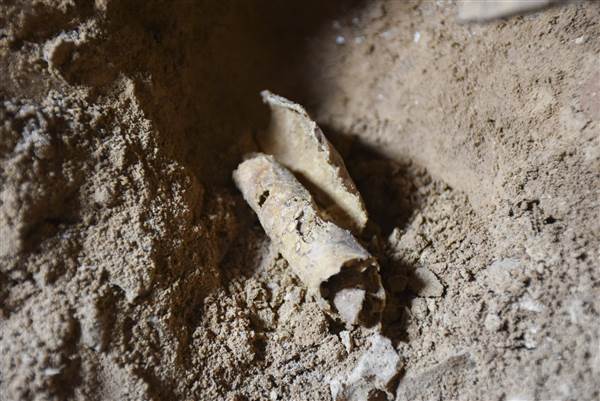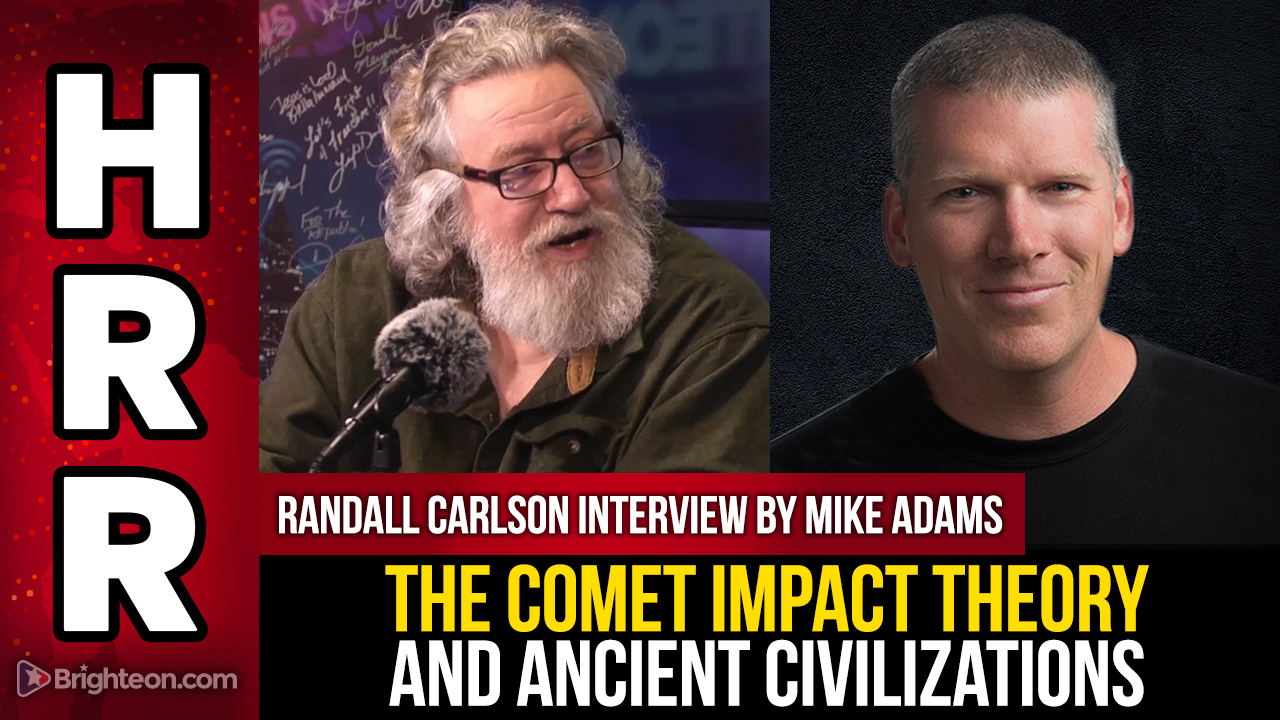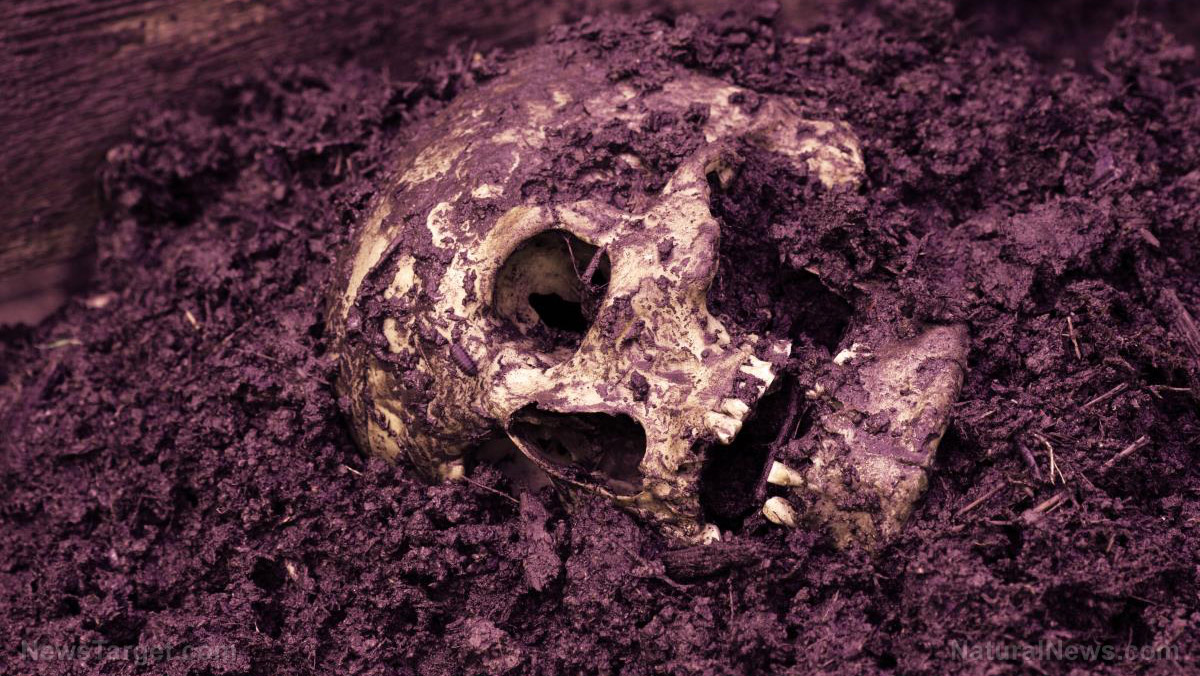
A team of archaeologists working at an excavation site near the Sea of Galilee in northern Israel have unearthed a 1,500-year-old mosaic that depicts the miracle of Jesus Christ Feeding the Multitude.
Hippos, also known as Kinneret, is now located within Israel's Hippos National Park. Thousands of years ago, it was once a Greco-Roman city that overlooked the Sea of Galilee and became the central city in the region. It was here that archaeologists dug up a church known as the Burnt Church.
The Burnt Church was built by the Greco-Romans sometime during either the second half of the fifth century or the early sixth century. Archaeologists believe it was burned down around the year 614, when the Sasanian Persian Empire, the last pre-Islamic civilization in Iran, conquered Jerusalem and the surrounding regions.
Not much remains of the ancient church. However, the mosaic-paved floor has been preserved for over a thousand years thanks to the fact that, when the church burned down, the roof collapsed on top of it, covering it with a thick, protective layer of ash.
Well-preserved mosaic depicts Feeding the Multitude
The well-preserved mosaic includes geometric patterns, depictions of birds, fish and fruit, as well as 12 baskets, some of which contain loaves of bread.
These pictures, along with the location of the church and the date it was believed to have been built, immediately drew the archaeologists to connect the mosaic with the Feeding the Multitude, two miracles described in the Gospels wherein Jesus feeds thousands of his followers by multiplying several fish and loaves of bread.
“There can certainly be different explanations to the descriptions of loaves and fish in the mosaic, but you cannot ignore the similarity to the description in the New Testament,” said Michael Eisenberg, head of the multinational excavation team in Hippos. (Related: Divers explore the first “undisturbed Roman shipwreck” in Cyprus: Findings include ancient jugs for oil and wine.)
While the Biblical account of the miracle does not give a precise location for the miracle, Christian tradition posits that it occurred in the modern-day city of Tabgha, on the northwestern shore of the Sea of Galilee. Here, Christians built a church in the fifth century, known as the Church of the Multiplication, to commemorate the miracle.
However, Eisenberg believes that, with a careful reading of the Gospels and the discovery of this new mosaic, one interpretation could indicate that the miracle took place somewhere directly to the north of Hippos.
The logic behind this hypothesis, Eisenberg argues, is that the artists or the persons, probably church officials or local politicians, who wanted the mosaic to be made wanted the community to create an affinity to the miracle, which might have taken place nearby.
“The church is located right at the western edge of Mount Sussita and is the most western point in the city and overlooks – today as it did then – the Sea of Galilee and Jesus ministry and where most of his miracles occurred,” said Eisenberg. “There is no doubt that the local community was well familiar with the two miracles of Feeding the Multitude, and perhaps knew their estimated locations better than us.”
However, there is not enough evidence for Eisenberg to fully believe that the Feeding the Multitude did happen in Hippos. He notes that there are many differences between the Biblical accounts and the depictions in the mosaic. Several of the baskets also contain fruit, which is not mentioned in the Gospel retelling of the miracle, and in some places the mosaic has three fish instead of just two.
“Fish have many symbolic meanings in the Christian world, so interpreting the mosaic requires caution,” said Eisenberg.
Sources include:
Please contact us for more information.





















